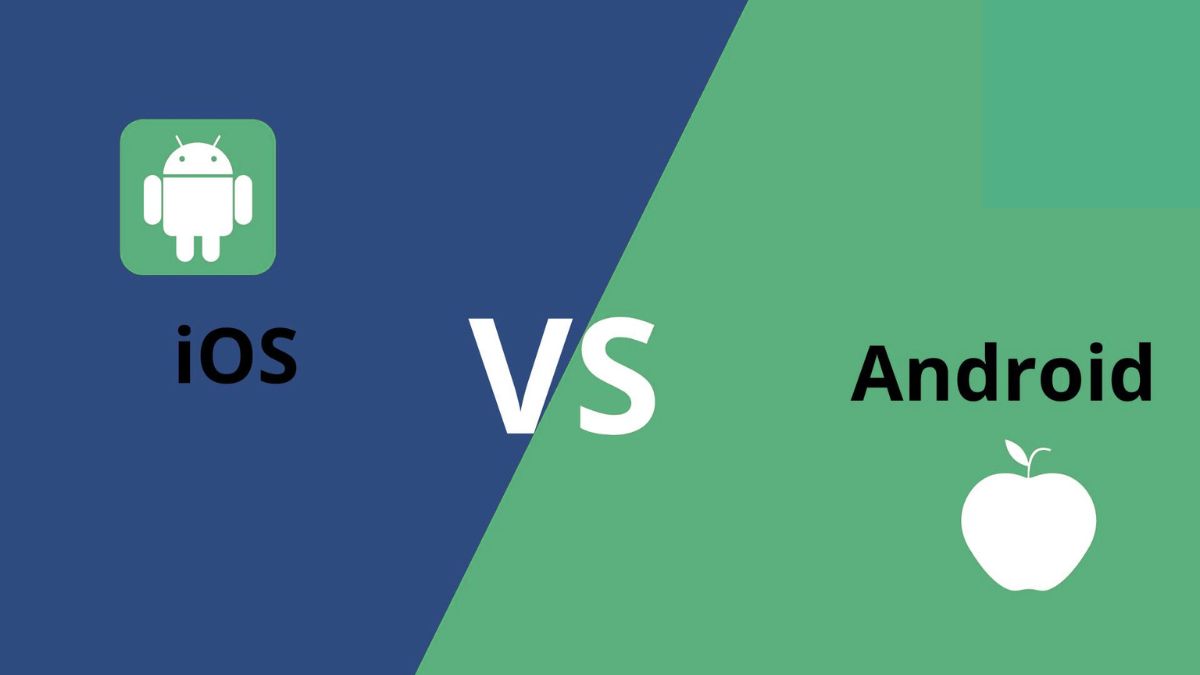Choosing between Android and iOS remains a critical decision for smartphone users and developers in 2025. Both platforms have advanced significantly but differ in system architecture, update policies, security, and ecosystem integration. This detailed comparison provides an in-depth analysis to help you make an informed choice.
Market Share and Platform Reach
As of 2025, Android holds approximately 72% of the global mobile OS market share. Its wide availability across various devices and price points gives it a strong presence worldwide. In contrast, iOS accounts for about 28%, primarily in premium markets such as North America, Western Europe, and parts of Asia. Developers focusing on volume and reach prioritize Android, while those seeking higher monetization focus on iOS.
Hardware Diversity and Ecosystem Integration
Android powers a broad range of devices, from budget-friendly phones like Infinix and Tecno to premium models such as the Samsung Galaxy S24 Ultra and Google Pixel 9 Pro. This diversity offers users numerous options in screen sizes, processors, cameras, and battery life.
Apple offers a limited lineup of iPhones, with tight integration between hardware and software, including the latest A18 Bionic chip and iOS 17. This vertical integration ensures optimized performance and battery efficiency. Apple’s ecosystem also includes devices such as the Apple Watch, iPad, and Mac, providing seamless integration across devices.
READ MORE: Honor Simplifies Phone Switching for Android & iOS Users
Operating System Architecture and User Experience
- iOS uses a closed-source Unix-based kernel (XNU) optimized for Apple silicon. It focuses on a consistent, simple user experience with features like the Control Center, Spotlight search, and comprehensive privacy controls.
- Android is built on the Linux kernel and is open-source (AOSP), allowing manufacturers and developers extensive customization. Android 15 introduces Material You theming and enhanced personalization options, including support for custom launchers and default app selections.
Software Updates and Fragmentation
- iOS: Apple directly delivers updates to all supported devices globally, often for more than five years. Regular monthly security patches ensure device safety and feature consistency.
- Android: Google releases monthly security patches and annual major updates. However, update deployment depends on device manufacturers and carriers, which causes fragmentation. Leading OEMs now provide up to four years of OS updates and five years of security patches. Google’s Project Mainline modularizes Android components for faster updates, reducing fragmentation over time.
Security and Privacy
Apple employs a walled garden approach, with strict app store review processes, sandboxing, and hardware-backed security like the Secure Enclave. This model limits attack surfaces and reduces malware risks.
Android’s open ecosystem permits sideloading and third-party app stores, increasing potential attack vectors. However, Google Play Protect, monthly patches, and hardware-backed security (e.g., the Titan M chip on Pixel devices) improve security. Android requires users to practice cautious behavior to maintain device safety.
Both platforms offer privacy controls such as Apple’s App Tracking Transparency and Android’s Privacy Dashboard, allowing users to manage app permissions effectively.
Performance and AI Capabilities
Apple’s A18 Bionic chip leads in single-core CPU and GPU performance, providing smooth animations and efficient battery usage. Android flagship devices powered by Qualcomm Snapdragon 8 Gen 3, Google Tensor G3, or Samsung Exynos 2400 excel in multi-core performance, gaming, and AI-driven features.
Google leads in assistant and AI integration, while Apple focuses on on-device machine learning advancements.
Developer Ecosystem and App Availability
Both Android and iOS host millions of apps, but with distinct differences:
- iOS: Developers primarily use Swift and Xcode. The uniform hardware base simplifies testing. Strict app store policies ensure higher app quality and better monetization.
- Android: Java and Kotlin are the main languages. Developers must account for diverse hardware, making testing more complex. Cross-platform frameworks like Flutter and React Native support development on both platforms.
READ MORE: Infinix Smart 10 Debuts with Android 15 and 120Hz Display
Android vs iOS Comparison Table
| Feature | Android | iOS |
|---|---|---|
| Market Share | ~72% global | ~28% global |
| Device Variety | Extensive (budget to flagship) | Limited (premium iPhones) |
| OS Updates | OEM-dependent, up to 4 years | Direct Apple updates, 5+ years |
| Customization | Highly customizable | Limited customization |
| Security Model | Open ecosystem, Google Play Protect | Closed ecosystem, Secure Enclave |
| Development Tools | Java/Kotlin, Android Studio | Swift, Xcode |
| AI Integration | Leading in assistant & AI | Strong on-device ML |
| User Experience | Flexible, OEM dependent | Consistent, polished |
| Price Range | $100 to $2000+ | $799 to $1599+ |
Conclusion: Which Platform Should You Choose?
If you prioritize customization, hardware variety, and advanced AI features, Android is the better choice. Its open-source model fosters innovation and flexibility.
If long-term support, consistent performance, and a secure, integrated ecosystem are your priorities, iOS offers a superior experience.
Consider your budget, preferred device, update expectations, and ecosystem preferences before making a decision.









